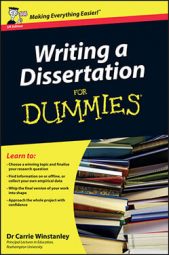Your supervisor isn’t likely to have a preconceived view about the conclusions he’s expecting you to draw. In actual fact, the conclusion itself is less important than showing that you’ve used the requisite logic, reasoning and evidence in constructing your argument.
In your conclusion, make every effort to ensure that you:
Show that your findings are drawn from critical analysis
Demonstrate links to your research question and original aims.
To help you balance different views and present a strong conclusion, try using the following guidelines:
Start by restating your research question as this helps you keep your conclusion relevant.
Draw together the significant findings of your argument.
Place your findings within the context of the literature in your field (without repeating your literature review).
Present answers to your research question, without falsely trying to twist your ideas.
Be frank about the limitations of your study (both methodological, and conceptual).
Relate your conclusions to your original aims and objectives.
When you summarise what you’ve laid out, resist the temptation to merely repeat what you’ve already said. You can avoid doing this if you focus on the themes of your argument rather than the details.

